Automation anxiety and the future of IT
 First published in Blueprint, May 2016
First published in Blueprint, May 2016Every new day finds a fresh, still more breathless report about how robots, Artificial Intelligence and IT generally are poised to take up to half of all jobs in the West. The latest blockbuster, running to 112 pages, gets the pompous title TOMORROW’S DIGITALLY ENABLED WORKFORCE: Megatrends and scenarios for jobs and employment in Australia over the coming twenty years. Dated January 2016 but – inevitably – published a month late, it comes from Australia’s Commonwealth Scientific and Industrial Research Organisation (CSIRO), and predicts that, as compensation for computer-generated joblessness, there will be lots of new posts for personalised preventative health helpers, online chaperones, and, oddly, ‘bigger big data analysts’. In the usual style of technological determinism, we learn that digital technology has also ‘unleashed’ many photographers, as well as 35,000 Aussie graphic designers in the past 20 years.
Ah – so it is not capitalism, management, government policy or Chinese markets that controls employment prospects in Oz, but IT. This is a very convenient doctrine; but designers should eschew it. Why? Well, just before CSIRO released its report, it fired 350 people in basic research posts, preferring what The Australian called ‘the hunt for commercial solutions’.
There we have it. It was human beings, not IT, that fired human beings. And when CSIRO demoted long-term, fundamental research tasks, the organisation also made much less likely the building of brand new industries, industries more substantial than its hoped-for ‘online chaperones’, industries that could more than compensate for the wildly overestimated technological unemployment that every trendy sage likes to forecast nowadays.
Designers need to realise a few home truths about the economics of the West. In Britain and America, gross capital formation runs at less than 20 per cent of GDP, which means that investment is very low (it’s been higher in Oz, mainly because of China-induced mining). Indeed, as a percentage of GDP, private fixed investment in information processing equipment and software as fallen in the US – from 4.7 per cent in 2000 to less than 3.5 per cent in 2014, which actually amounts to a drop of more than 33 per cent.
Meanwhile unemployment is modest. In January, the rate in the US was 4.9 per cent, the lowest level since February 2008; In the UK the figure was 5.1 per cent, the lowest since 2005; in Australia, unemployment has been rising since 2011 – but only from five per cent in 2011 to six today. So why all the premonitions of jobs doom, as well as further inequality, at the hands of IT?
What has happened is that we have turned the politics and economics of technology – which, incidentally, is now widely but wrongly thought to mean just information technology – from a human construct into a thing. So fear, fatalism and exaggeration of technological advance dominate our visions of the future. Apple’s SIRI speech-to-text software is equated with human intelligence, humanoid robots with humans, IBM’s Watson computer with a sentient being. The hatred of mankind that surged around 2008 with apprehensions about climate change has now morphed into a more general decrying of human abilities.
Until someone breaks the spell, designers can expect a lot more of this BS. But designers can do much to clarify matters. They can ask: could a machine ever dream up Paul Rand’s corporate identity for IBM, or Thomas Heatherwick’s garden bridge for London? Could a machine ever have the kind of intelligence to make the aesthetic, ethical, intuitive and future-creating judgments of a designer?
In the design process, designers asking themselves how they feel about their work, and also about how society might feel about it. Computers don’t do that. How could we ever give them that self-consciousness that designers display (sometimes, to the irritation of others)? When, like Watson, they wow millions by winning more quiz shows in the future, just how many extra chips will they need to know that they have won?
What designers might also point out is that it is not capital investment, but more human labour, and in particular more immigrant, women and older workers, which look likely to prop Western economies up in years to come. That has certainly been the pattern in the US and the UK. So the moral of this tale is: stop fretting about IT, start reaching out to new demographic segments in the design profession. Much more than the movement of electrons around semiconductors, it is they who will shape the destiny of design.
Fmr President of Kenya on Trump cutting off foreign aid:
“Why are you crying? It’s not your government, he has no reason to give you anything. This is a wakeup call to say what are we going to do to help ourselves?”
America first is good for the world.
Our entire Green Socialist establishment should be banged up under the ‘Online Safety’ laws, for spreading demonstrable lies (the ‘climate crisis’), causing non-trivial harm to the industrial working class, ordinary drivers, farmers, taxpayers etc, etc.
#Chagos? #Mauritius PM Navin Ramgoolam "is reported to want Starmer to pay £800m a year, plus ‘billions of pounds in #reparations’." (14 January) https://www.spiked-online.com/2025/01/14/the-chagos-islands-deal-is-an-embarrassment/
Now the Torygraph wakes up https://telegraph.co.uk/gift/1ff8abbb462cd609
Read @spikedonline - first with the news!
Articles grouped by Tag
Bookmarks
Innovators I like

Robert Furchgott – discovered that nitric oxide transmits signals within the human body
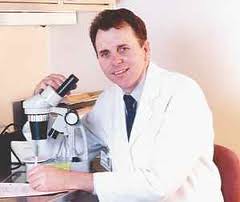
Barry Marshall – showed that the bacterium Helicobacter pylori is the cause of most peptic ulcers, reversing decades of medical doctrine holding that ulcers were caused by stress, spicy foods, and too much acid

N Joseph Woodland – co-inventor of the barcode
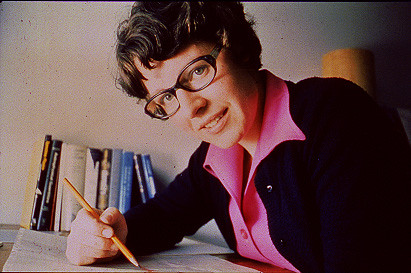
Jocelyn Bell Burnell – she discovered the first radio pulsars

John Tyndall – the man who worked out why the sky was blue

Rosalind Franklin co-discovered the structure of DNA, with Crick and Watson

Rosalyn Sussman Yallow – development of radioimmunoassay (RIA), a method of quantifying minute amounts of biological substances in the body

Jonas Salk – discovery and development of the first successful polio vaccine

John Waterlow – discovered that lack of body potassium causes altitude sickness. First experiment: on himself
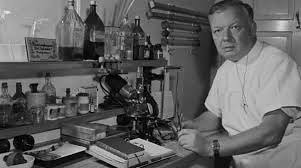
Werner Forssmann – the first man to insert a catheter into a human heart: his own

Bruce Bayer – scientist with Kodak whose invention of a colour filter array enabled digital imaging sensors to capture colour
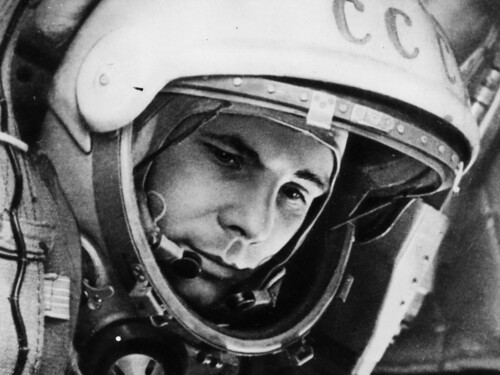
Yuri Gagarin – first man in space. My piece of fandom: http://www.spiked-online.com/newsite/article/10421

Sir Godfrey Hounsfield – inventor, with Robert Ledley, of the CAT scanner

Martin Cooper – inventor of the mobile phone

George Devol – 'father of robotics’ who helped to revolutionise carmaking

Thomas Tuohy – Windscale manager who doused the flames of the 1957 fire

Eugene Polley – TV remote controls

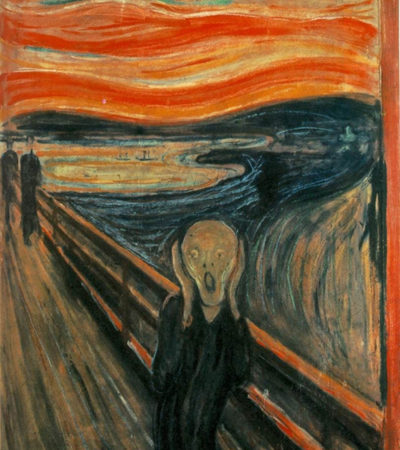

0 comments